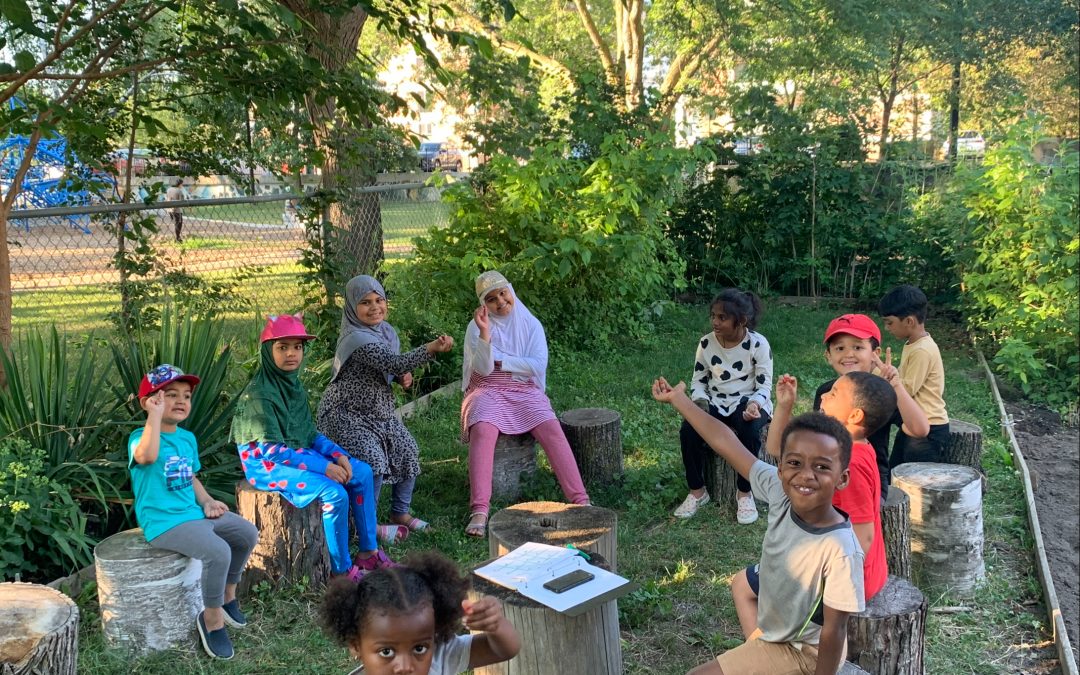As the last days of summer approach and the children’s garden drop-in program comes to a close in the coming week, here is a recap of what the children did and learned in the garden this year.
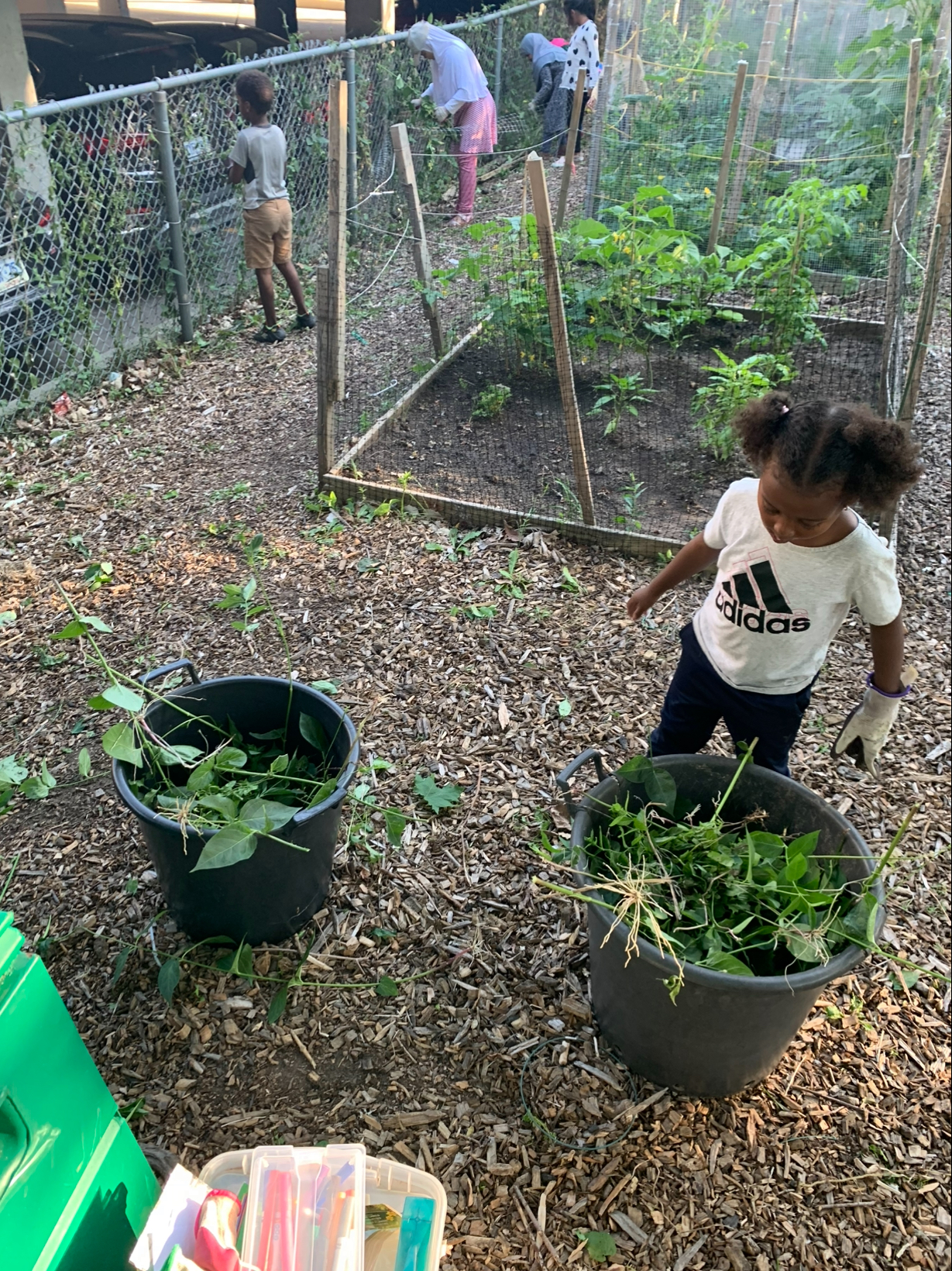
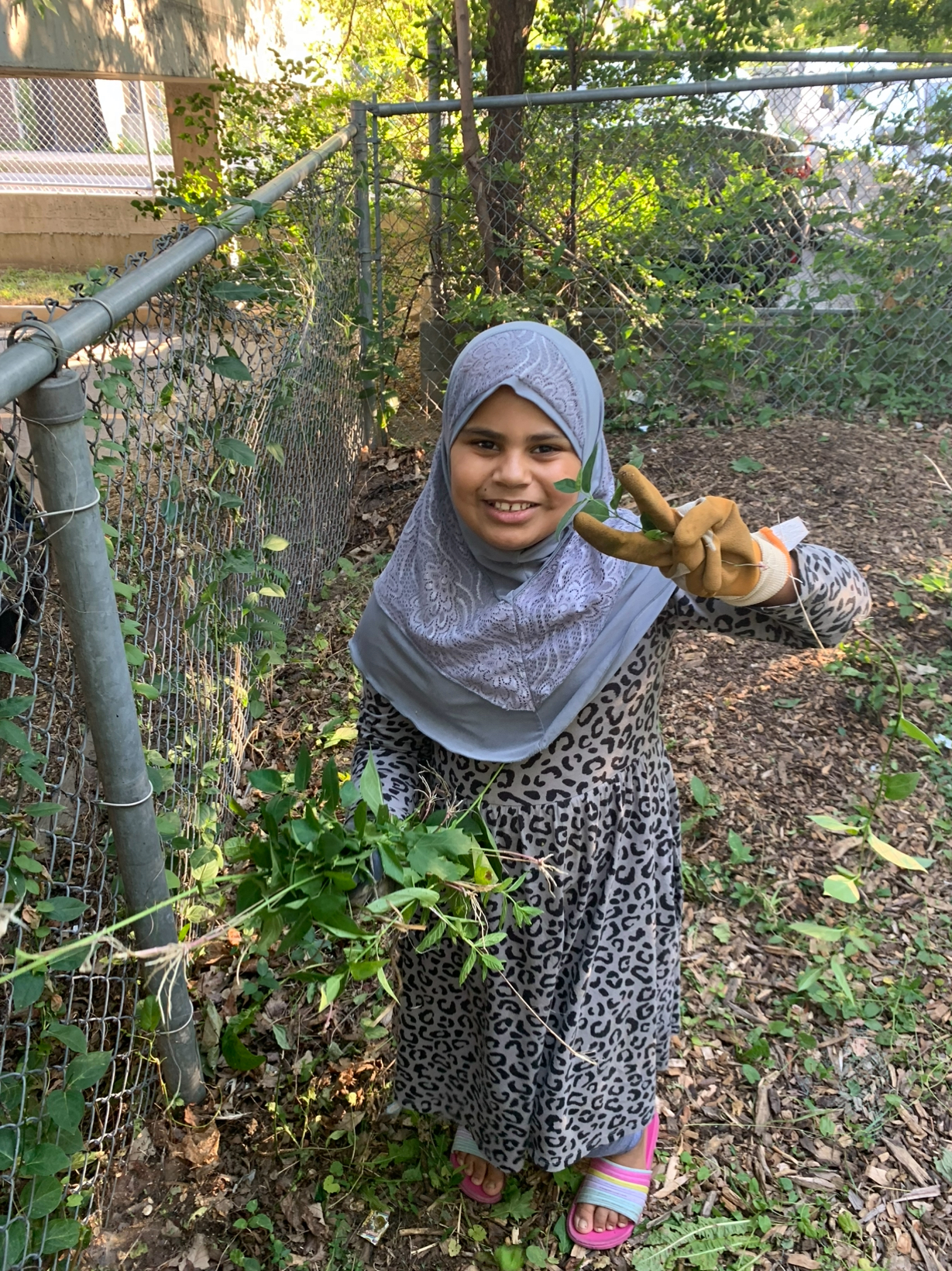
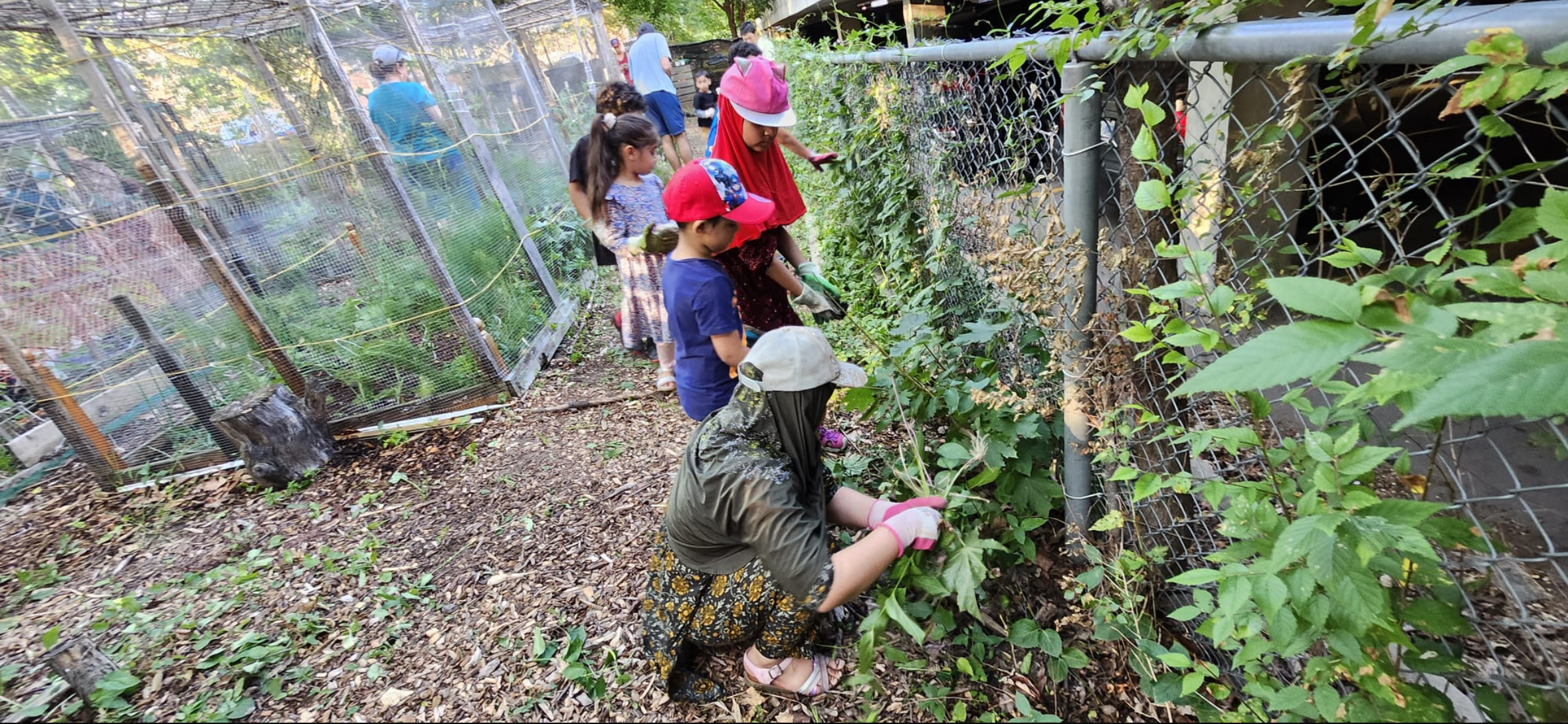
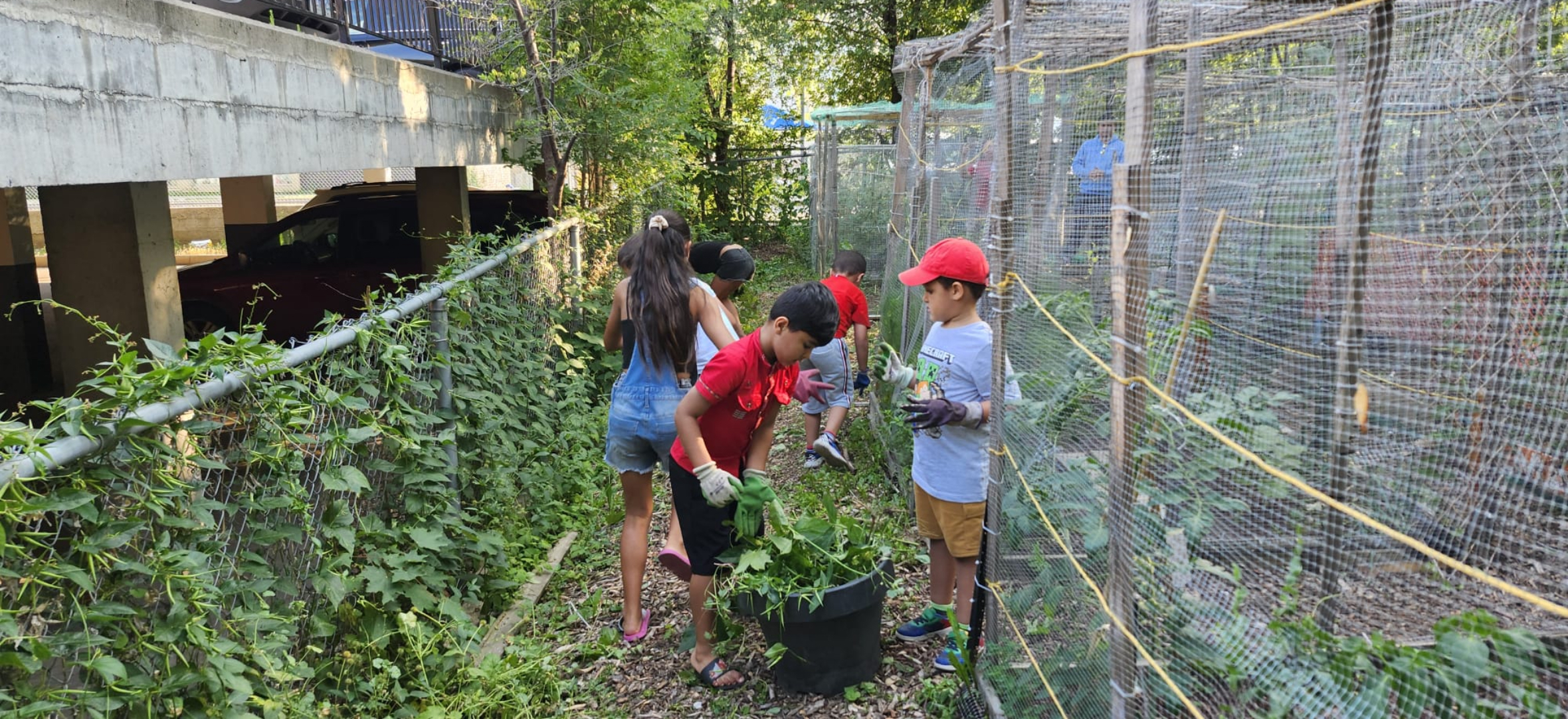
One of the “fan favourite” activities was the weeding of the plants. The children learned that weeds are unwanted plants that grow where they’re not supposed to, and need to be removed for aesthetics and not to interfere with the growth of harvest plants, flowers, etc. We turned this into a friendly competition between the children, splitting them into two groups and letting them remove as many weeds as they could in a set time, seeing which group had more in their bin at the end. This was a fun and hands-on way for the children to get involved in maintaining and keeping our garden beautiful.
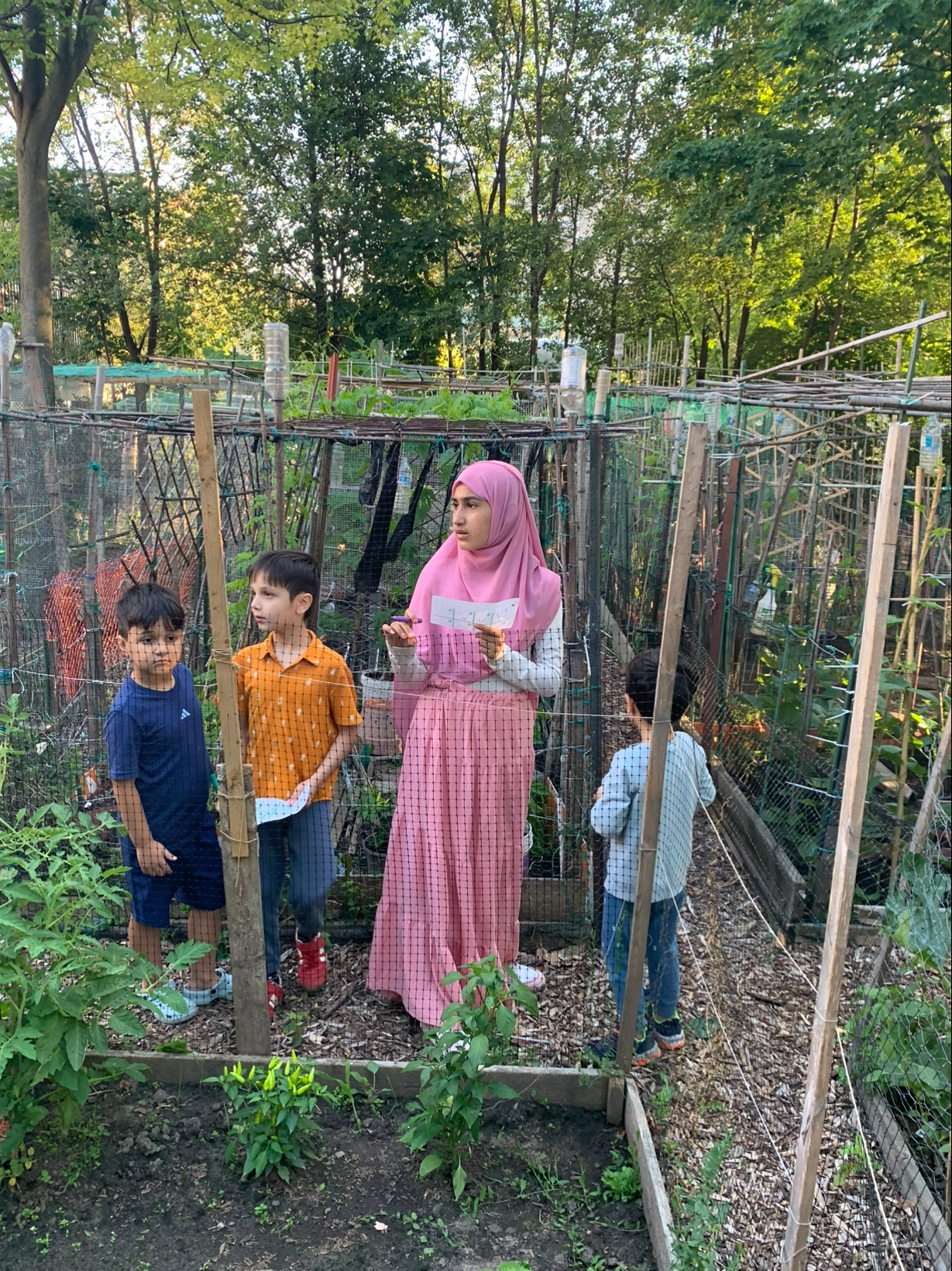
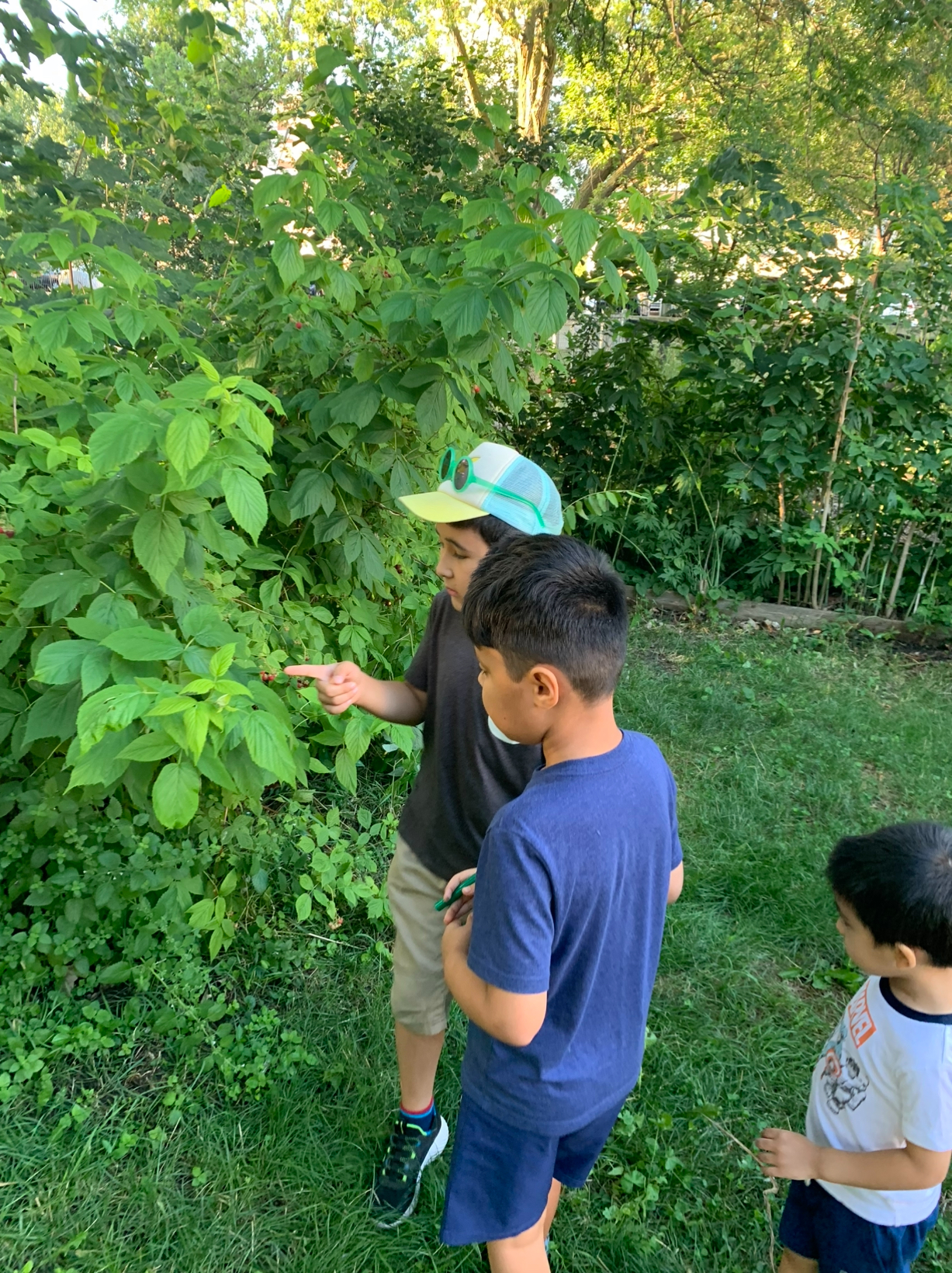
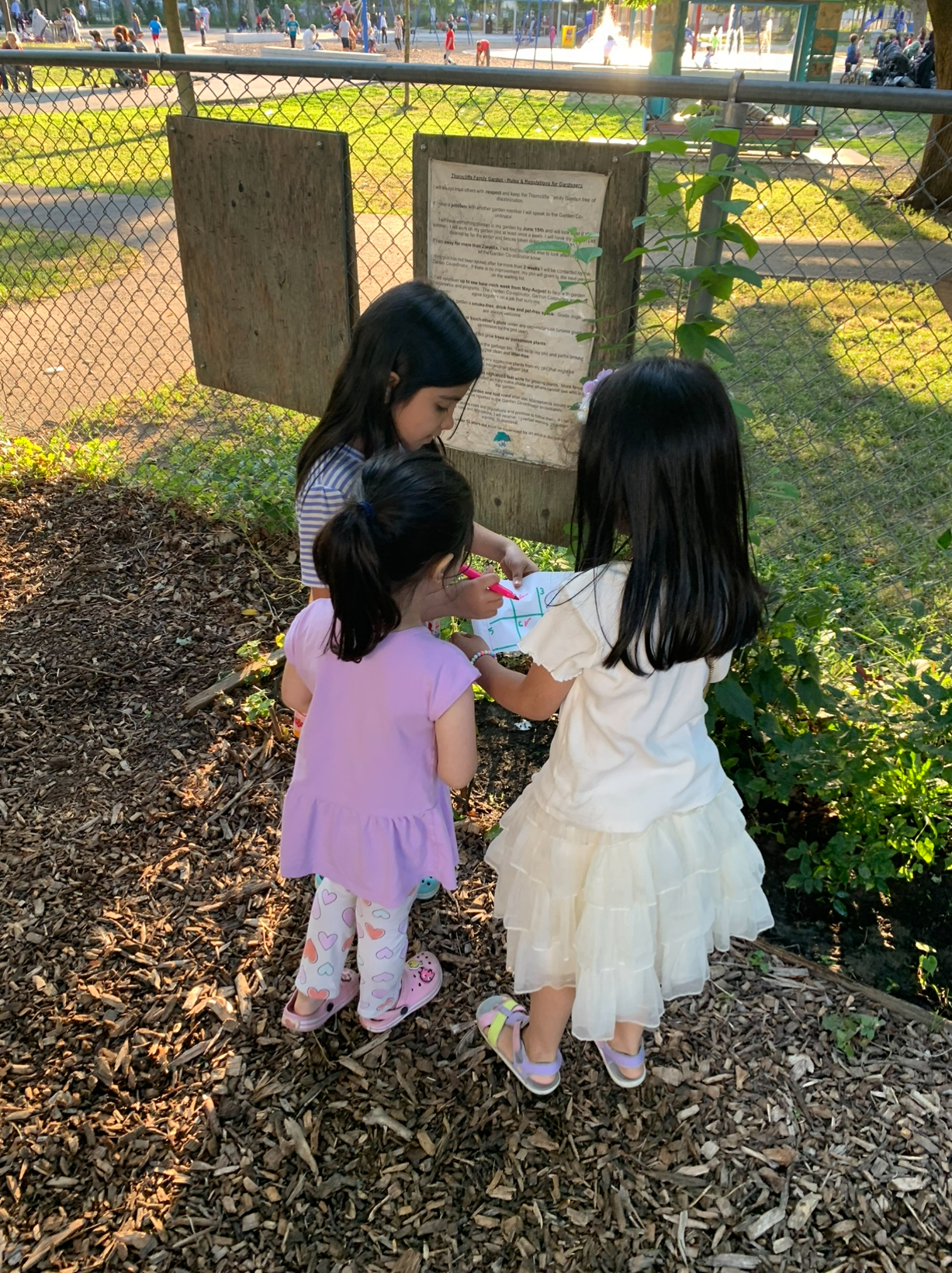
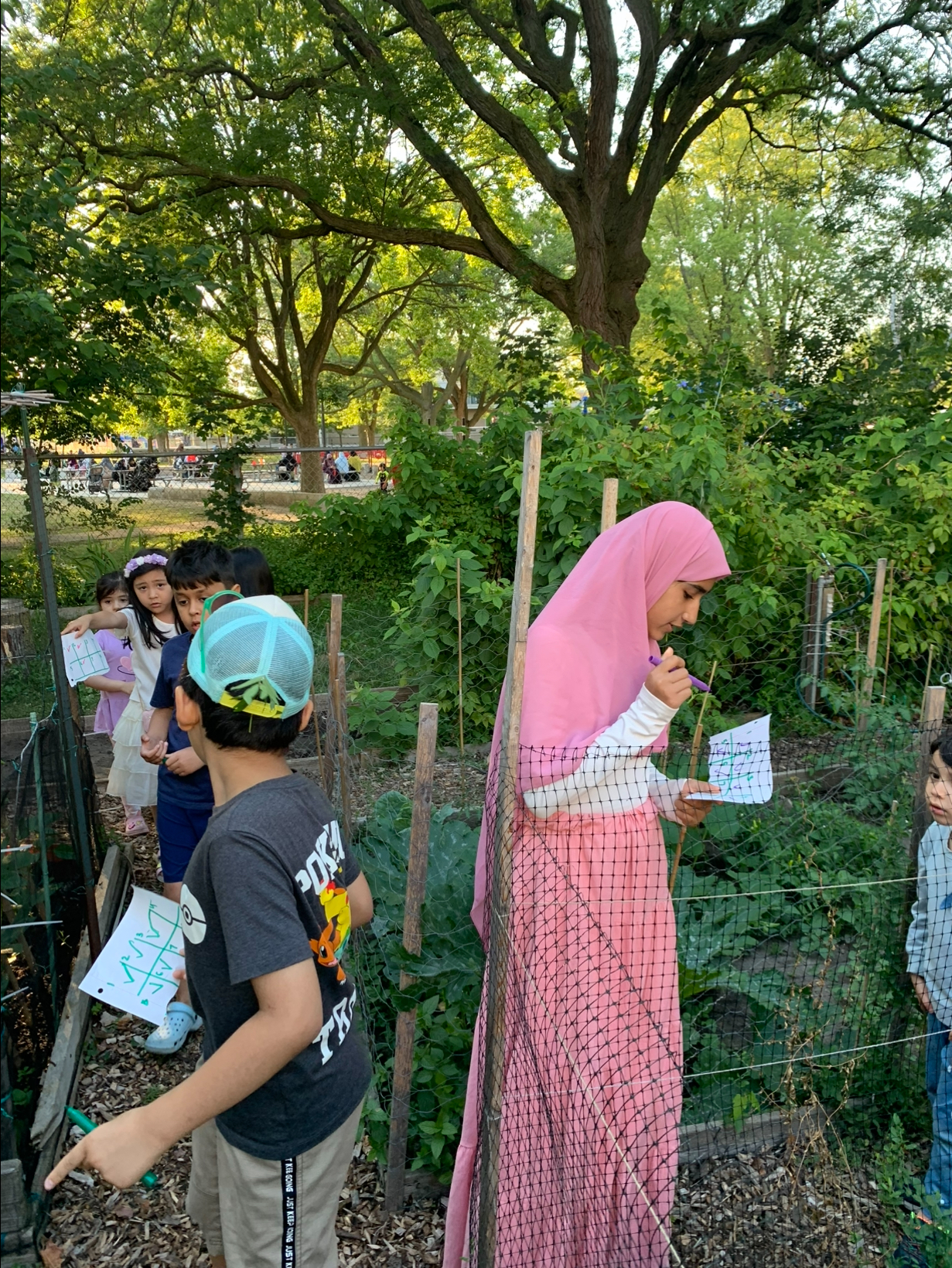
We also organized “themed” scavenger hunts for the children to participate in, as a way for them to explore and become more familiar with the garden. One of them was plant-themed, and included items like “a plant with a strong smell”, such as mint or lemon bombs or “a flower with bright petals” like a black-eyed susan, etc. We also had a bug theme, where the children had to find and name pollinators, such as bees, butterflies, beetles, and other bugs like potato bugs and grasshoppers. The garden scavenger hunt helped kids discover and identify different plants and bugs while building teamwork and sparking their curiosity.
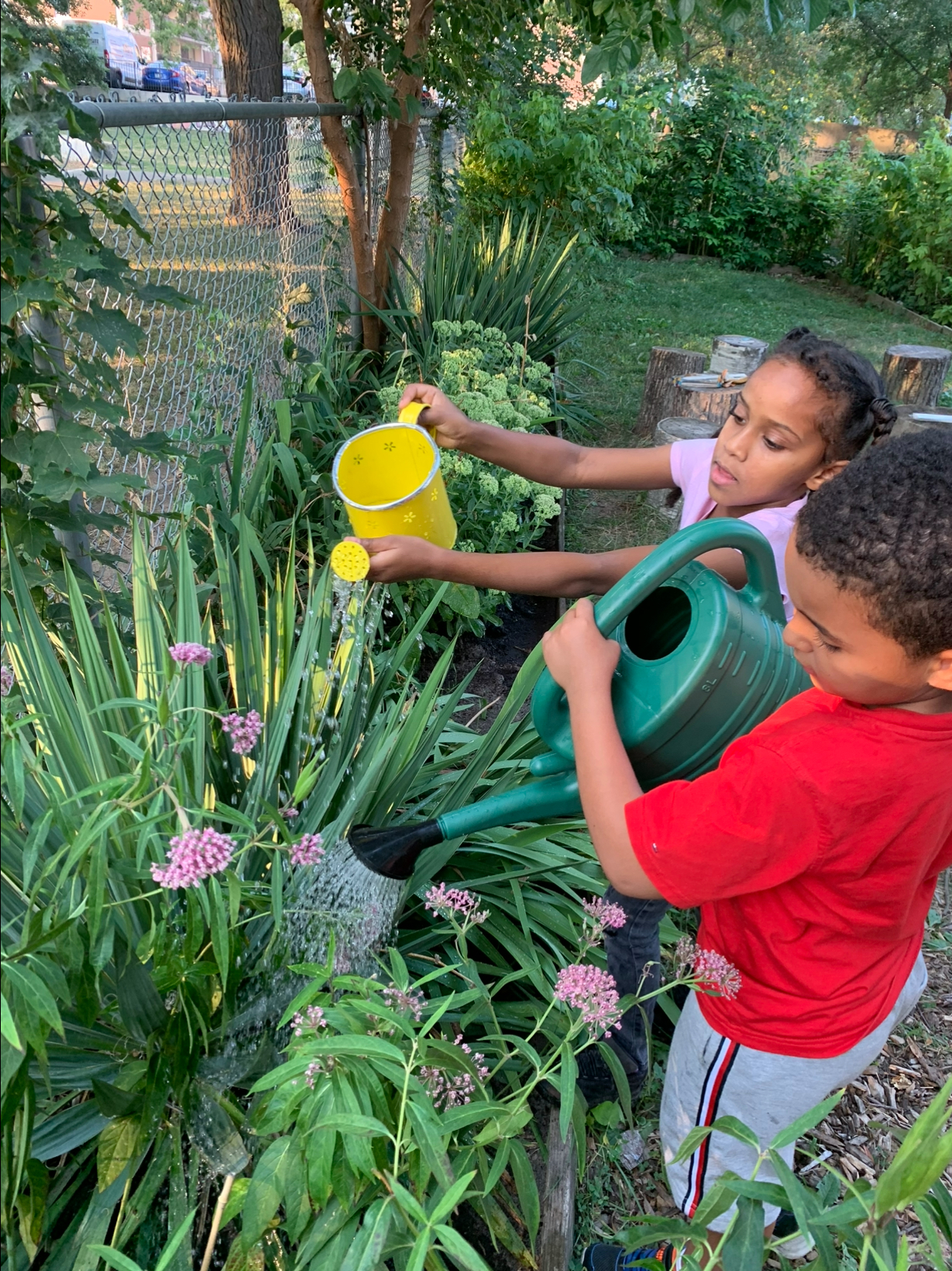
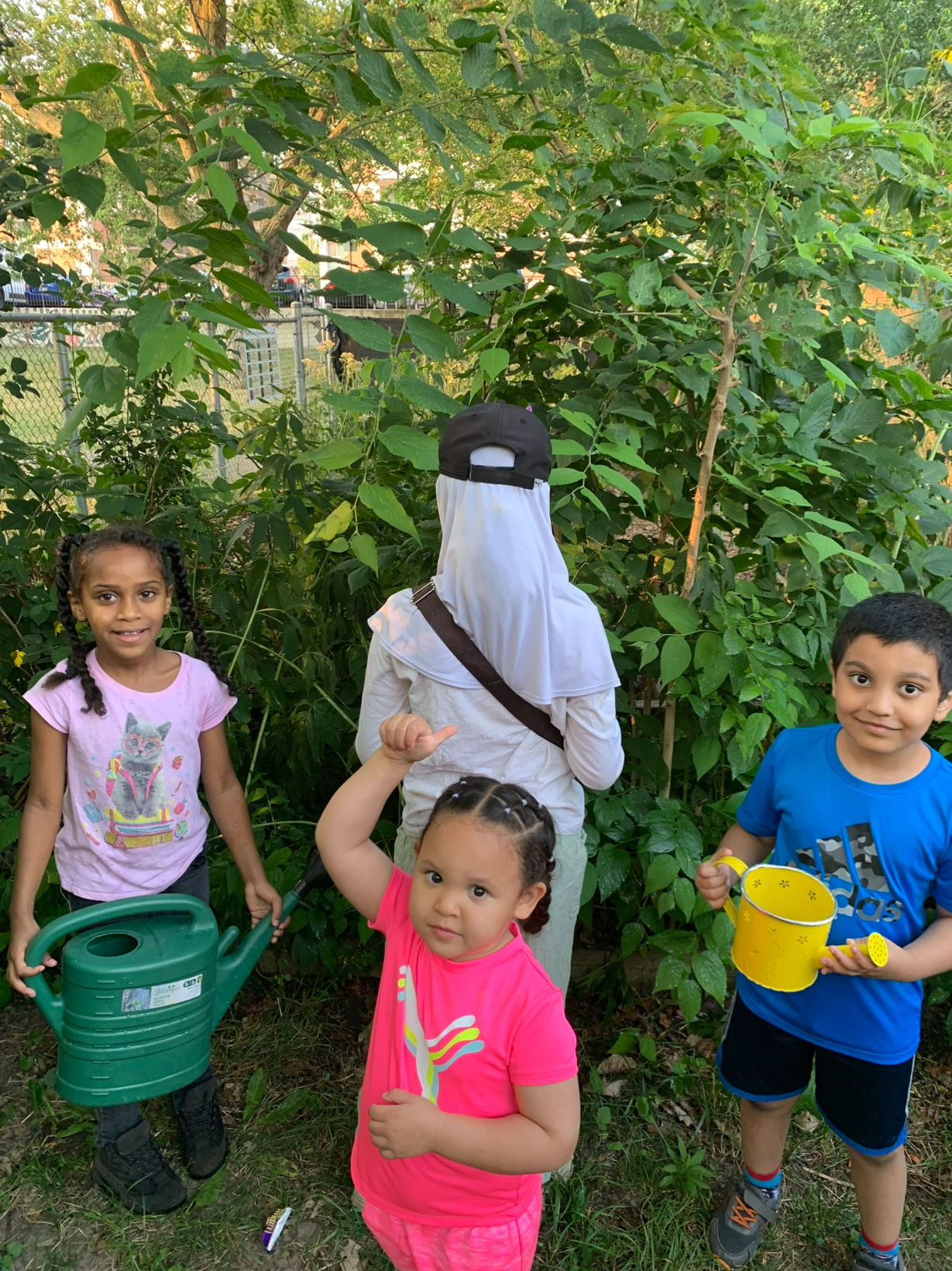
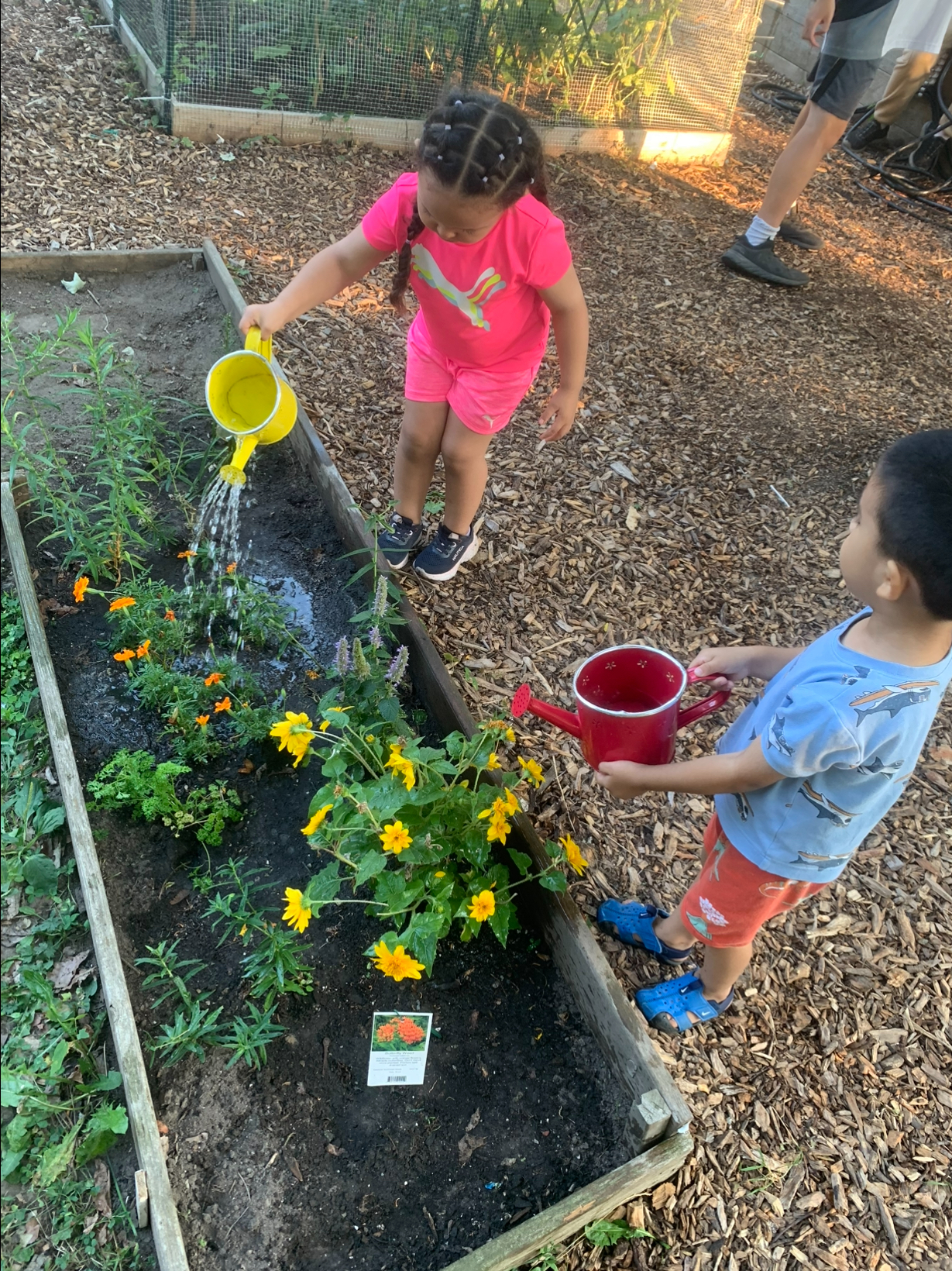
Watering the plants was always a hit with the kids. In most drop-in sessions, we allocated some time for them to use the watering cans and help water the beds of plants and flowers at the front and the indigenous plants at the back of the garden. We taught the children where to water the plants, how much to water and the process of photosynthesis that plants perform with the help of water to help them make their own “food”.
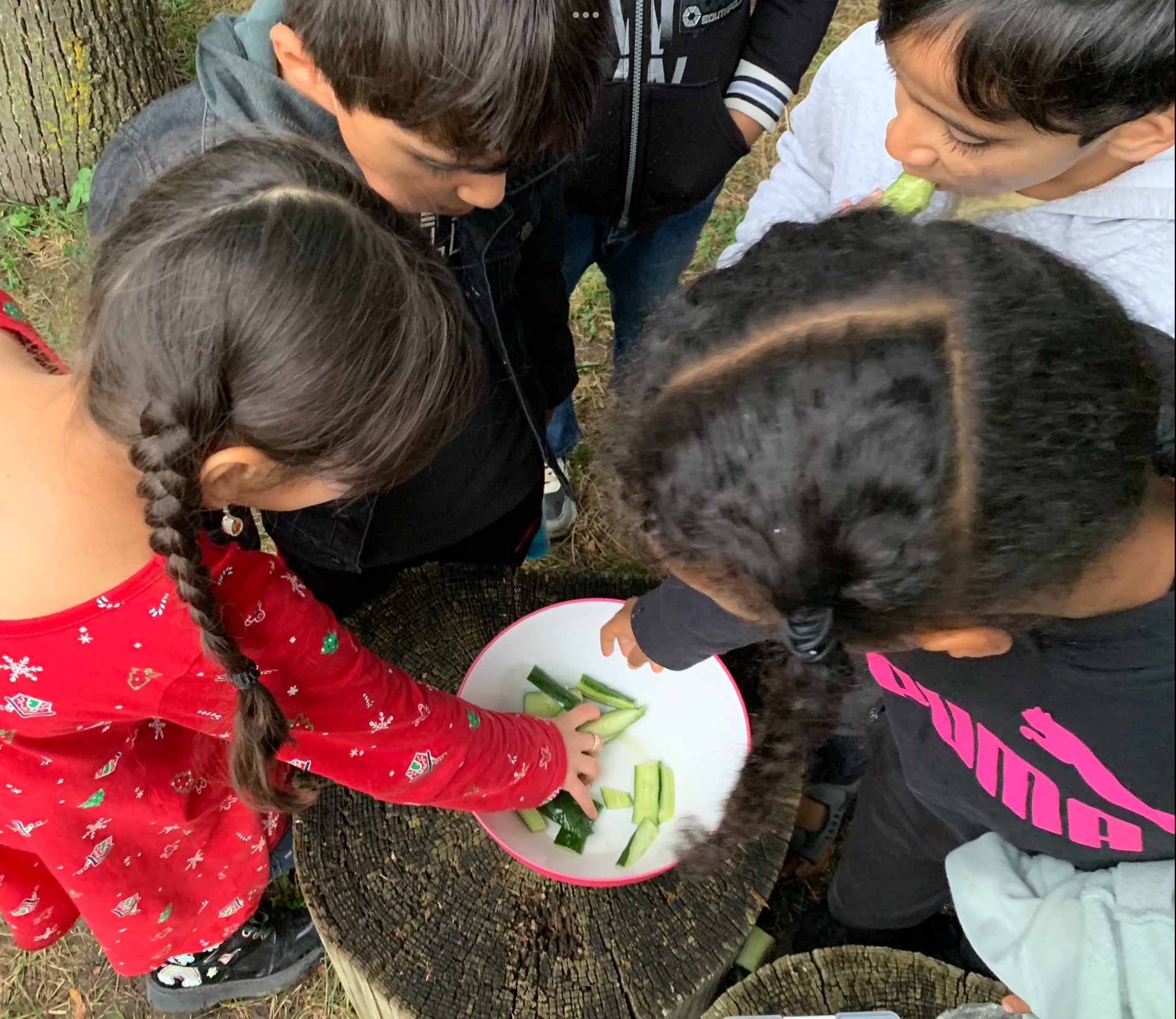
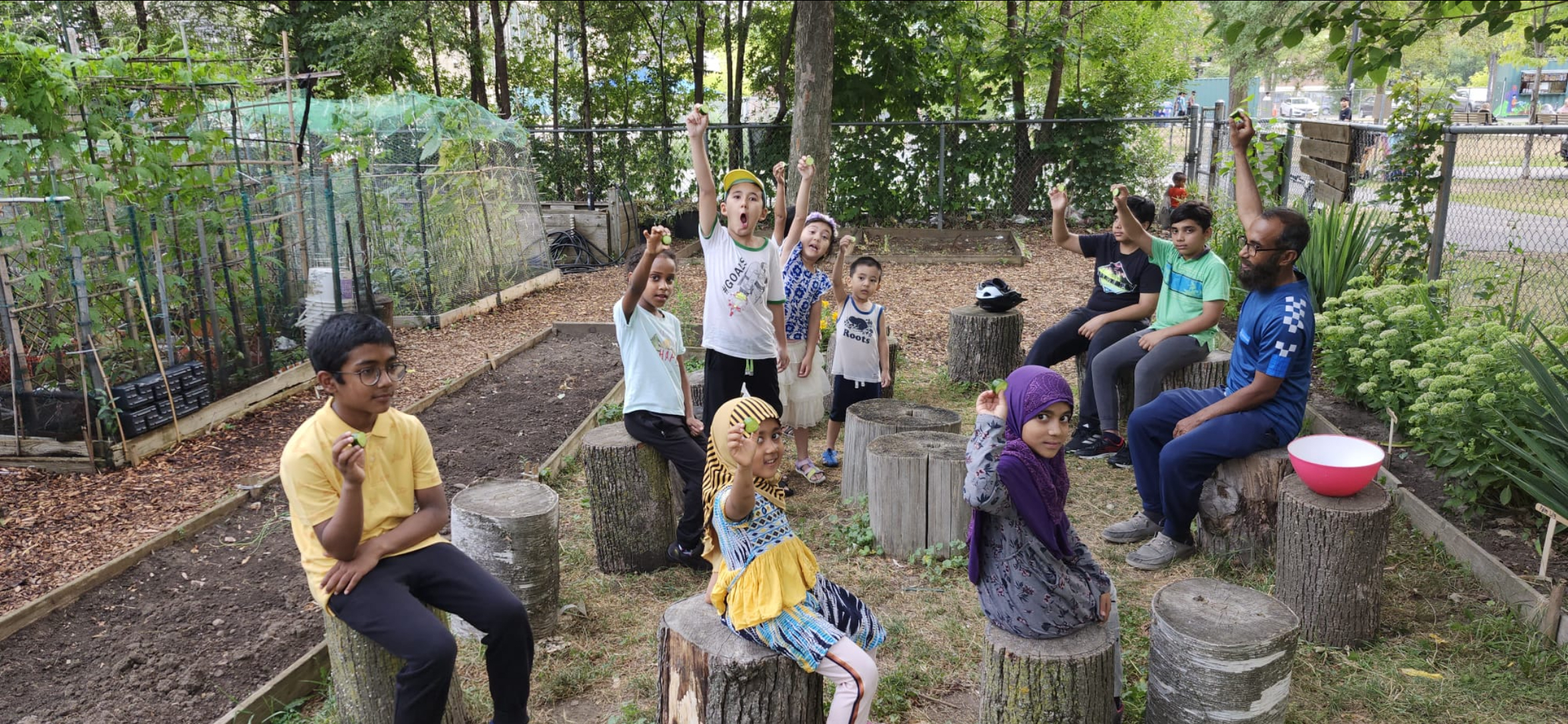
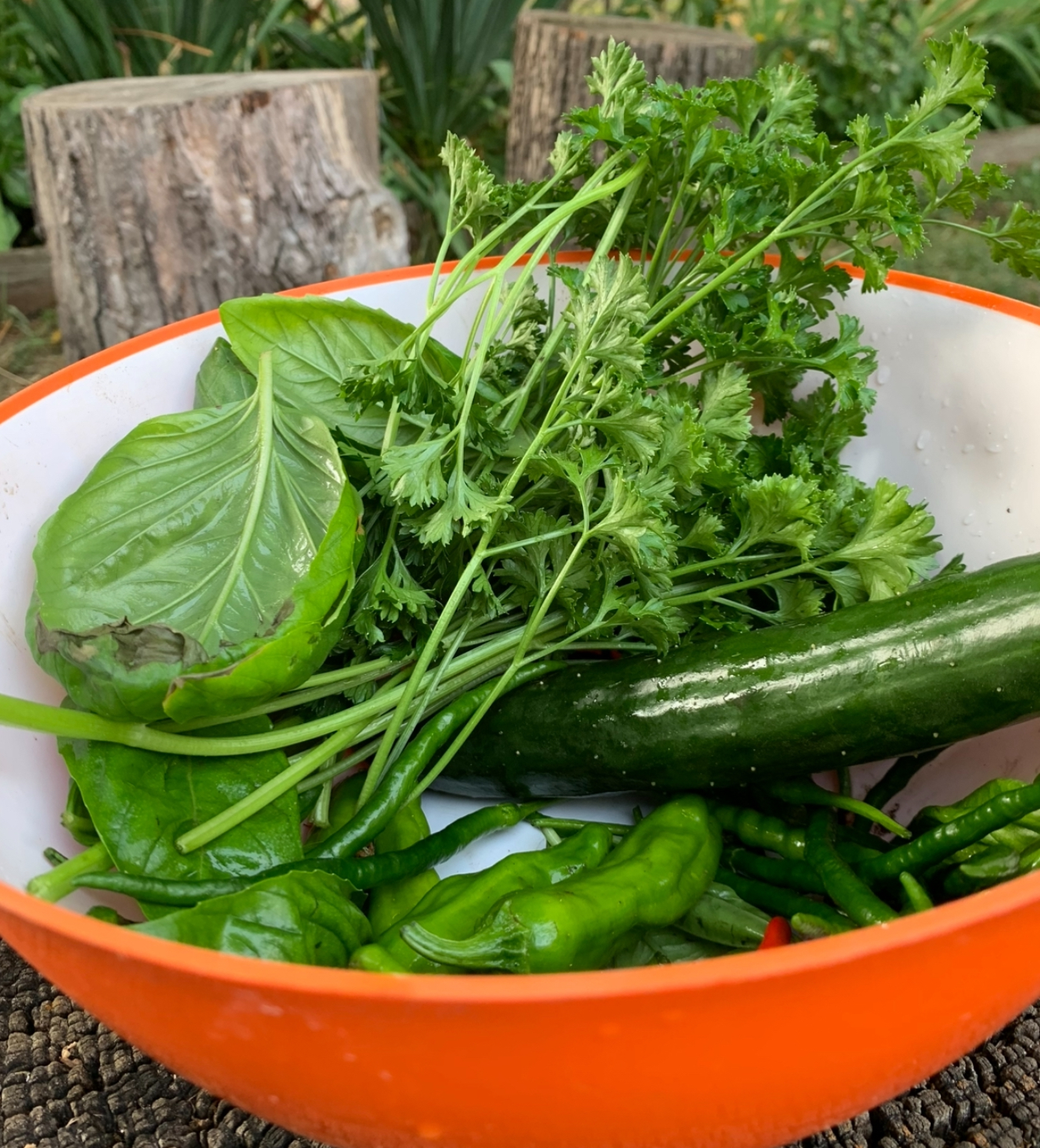
The children absolutely loved getting to try the new harvest that we had in our garden. Our giant raspberry bush had delicious raspberries from the beginning of July up to the first few weeks in August. Every week, we gave the children a few raspberries as a little treat when they were leaving or as a prize for the competitions and activities. They also tried the fresh cucumbers, mint and basil that we grew in the plots and learned about the importance of washing produce, pesticides, and growing your own food.
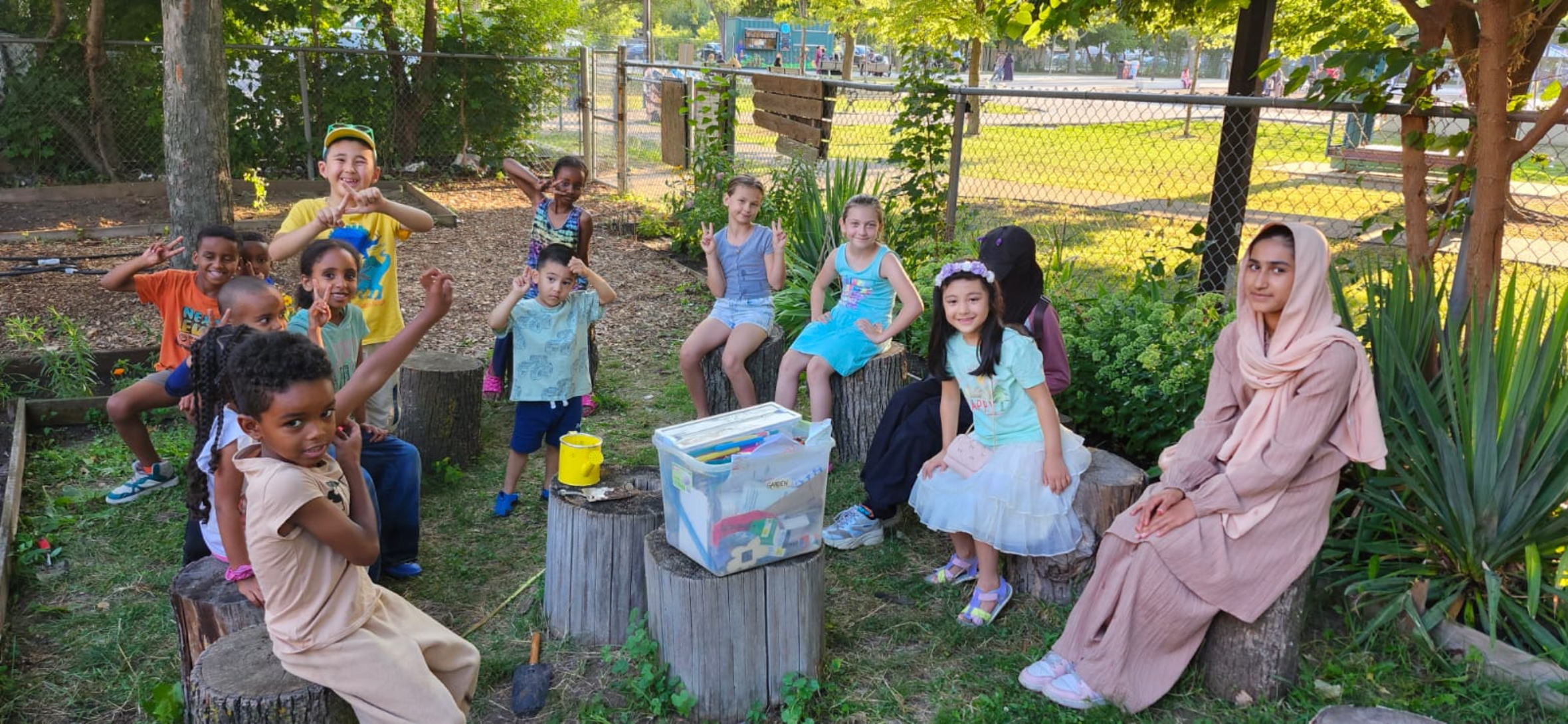
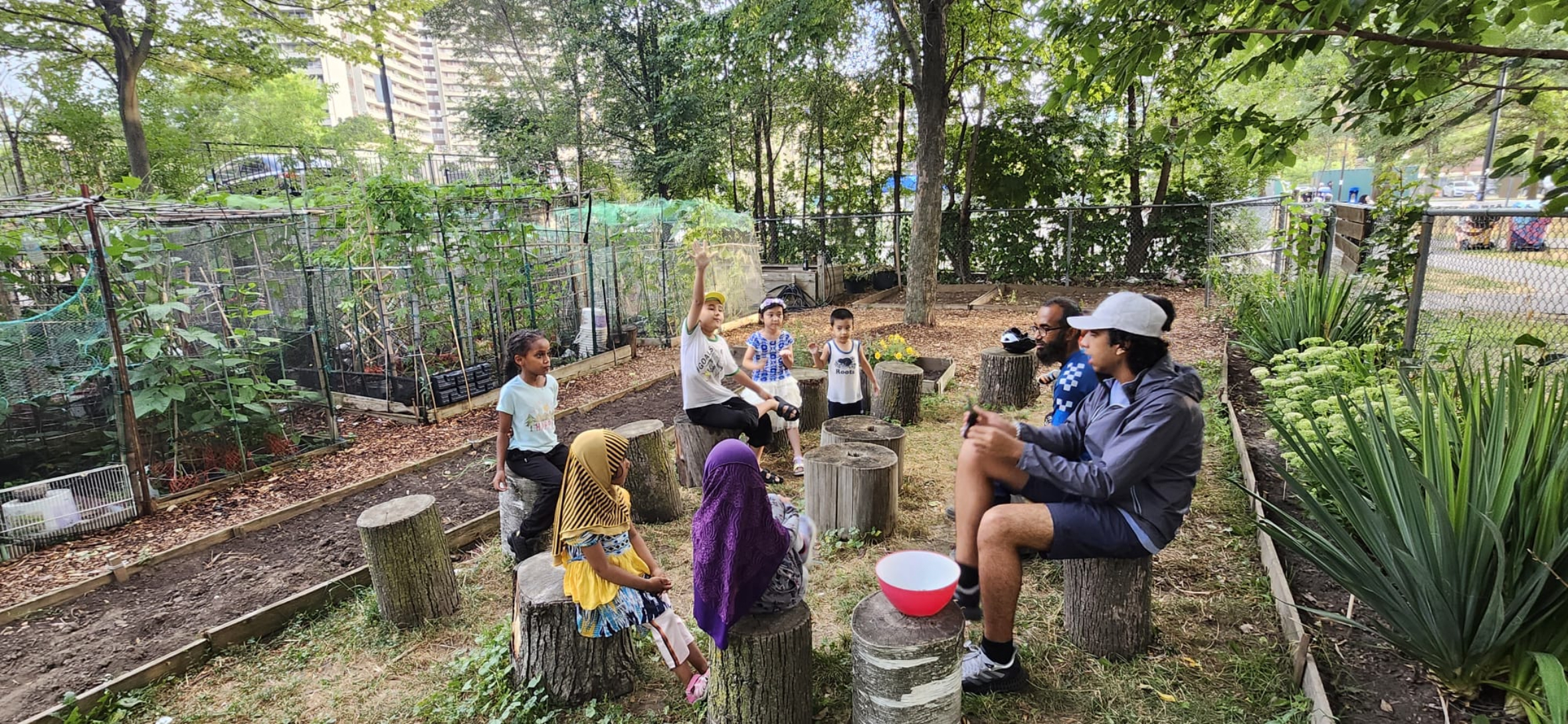
In our little circle at the front of the garden, we had many meaningful and educational discussions with the children about a variety of topics. We talked about the importance of growing your own fruits and vegetables, what pollination and pollinators are, the biodiversity and ecosystems in the garden and much more. The kids were able to participate and share their thoughts and ideas in an open and welcoming environment.
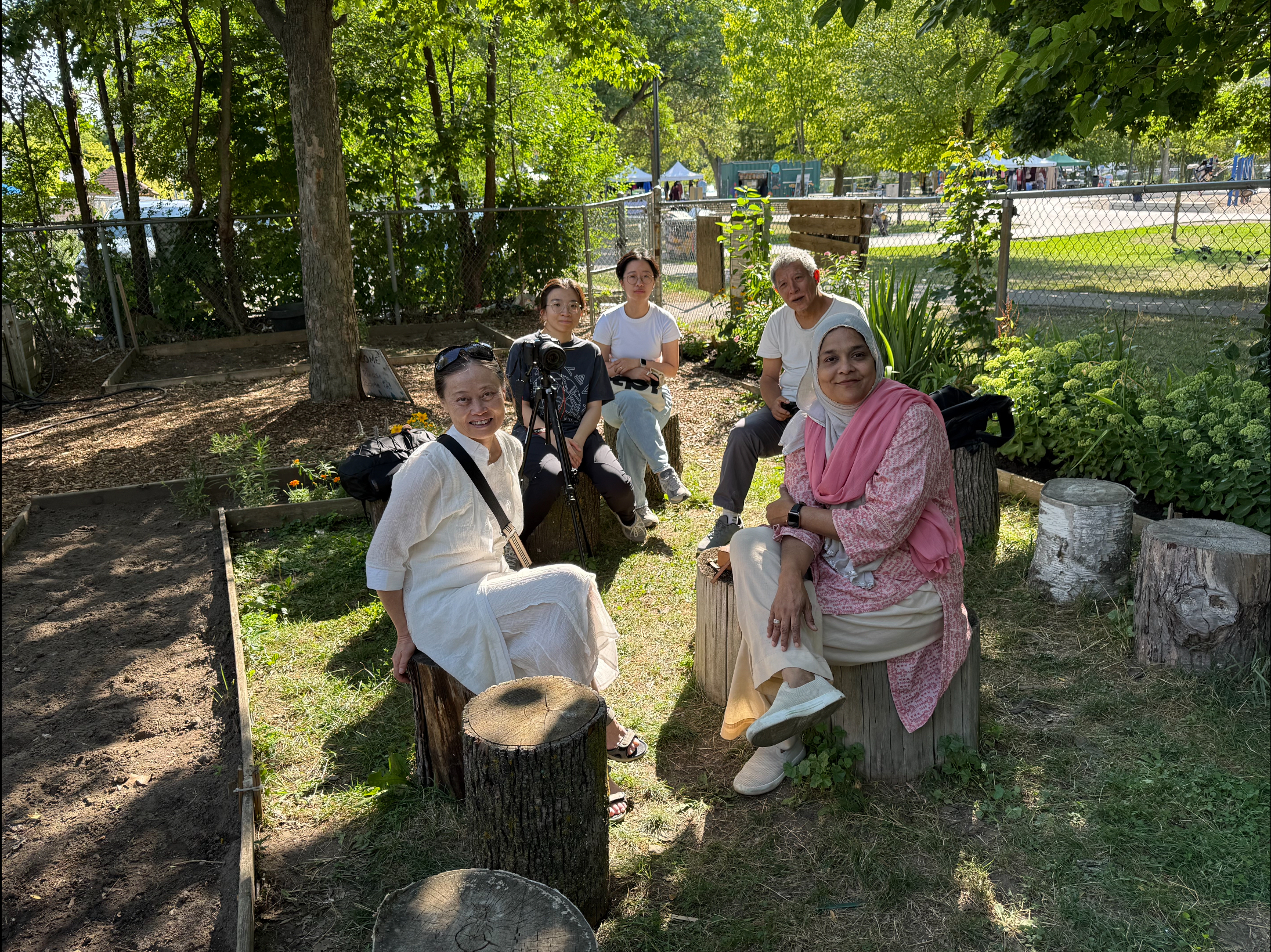
Some of our curator and artist’s friends from Toronto and China visited our garden this summer to learn about social engagement, cultural foods that we grow in our garden and our children’s programming

